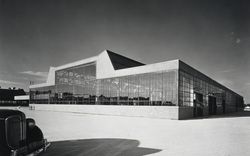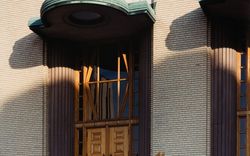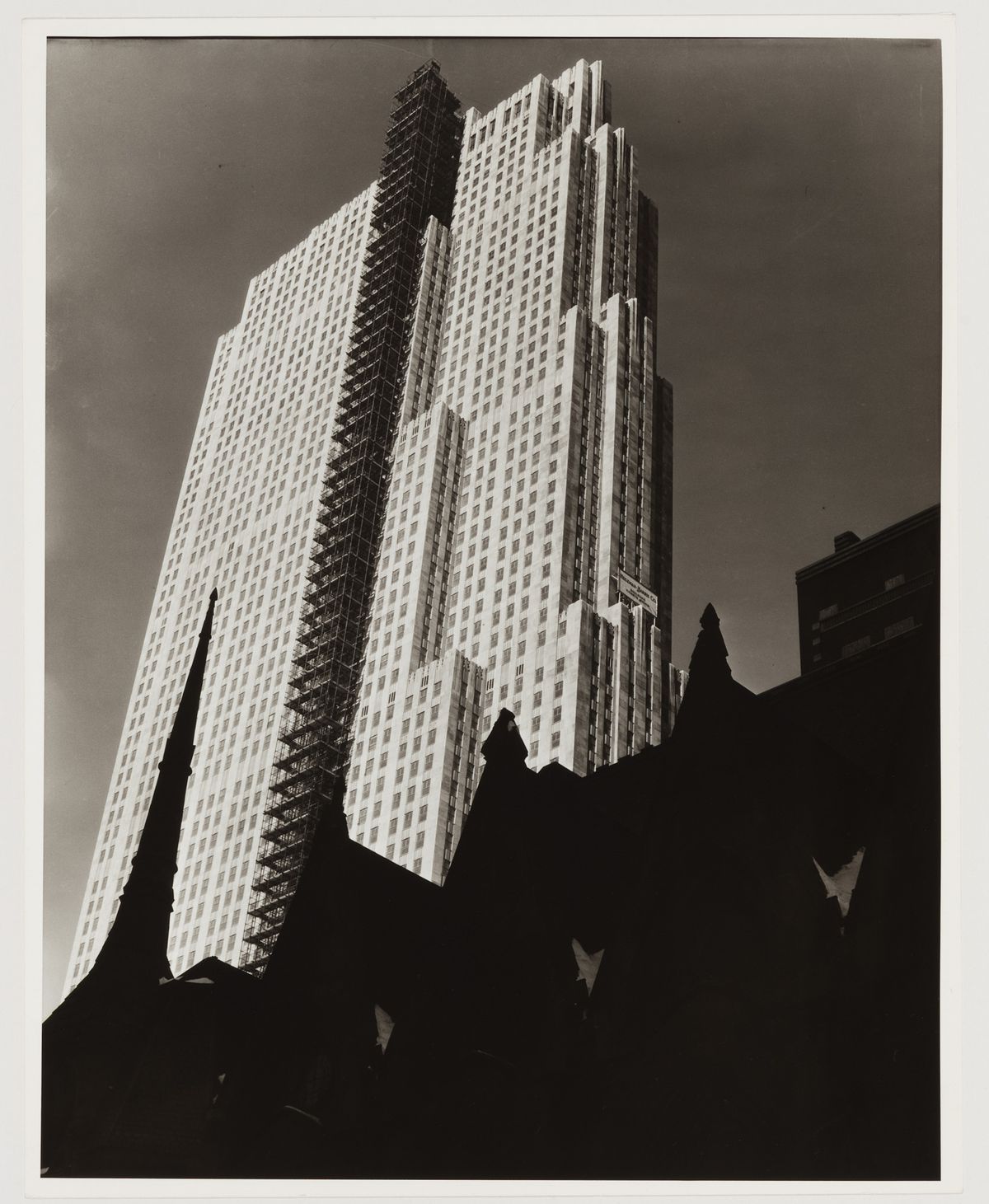New York: Capital of the Twentieth Century
Text by Nancy Levinson
Walter Benjamin labeled Paris the “capital of the nineteenth century” in his monumental work of cultural excavation, The Arcades Project, that dense, unparalleled, unfinished flotsam-and-jetsam chronicle of revolutionary history, literary struggle and sexual ambition in the West’s most beautiful and sedimentary city, the birthplace of modernity. New York’s essence will not surrender the same kind of archaeological depth…because it tends to erase and rebuild rather than layer; it has always been more tabula rasa than palimpsest.…New York, like Paris, occupies the world-historic position relative to its century, maybe an even greater one than the French capital, and it demands an equally nuanced connoisseur’s gaze. All the more so because New York’s reign, like Paris’s when Benjamin came to construct his elaborate intellectual billet-doux during the 1930s, is now over.
— Mark Kingwell, “New York, Capital of the 20th Century,” from Concrete Reveries: Consciousness and the City, 2008
It’s an easy riff, and the Canadian philosophy professor Mark Kingwell got there already: New York was the capital of the twentieth century. Or at least for part of it. Just as Paris was capital of the nineteenth century for several decades from the end of the Second Empire to the fin-de-siècle, so too New York didn’t become a world city until the middle decades of the twentieth century. You could date its ascent to the postwar years of the pax Americana, of Henry Luce’s American Century; but you could also date it back a decade or so, to the mid-1930s, when the modern skyline was being contoured by the now celebrated buildings—Chrysler, Empire State, Rockefeller Center, et al.—and when the city rehabilitated twelve hundred acres of an old ash dump in Queens to create the spectacular 1939 World’s Fair, even as the world war was already consuming Europe and Asia.
So here, from the archives of the CCA, is an overview in images of New York City as captured by twenty-five photographers over the twentieth century. What seems striking—why these photos practically sequenced themselves—is how they convey the mood of the metropolitan culture over the decades, testifying to the emergence, reign, and crisis of this global capital. In the second image, from 1910, Alfred Stieglitz, working in the pictorial tradition, shows a downtown Manhattan street scene—a vignette of brownstones, a few early automobiles; but in the background we see the frame of a high-rise, the frame of the future. And then the future keeps going for decades.
Witness the images of bustling Fifth Avenue, of the Flatiron Building and Rockefeller Center, of the Chrysler Building under construction, photographed by Walker Evans before it had become an icon of the city, when it was still essentially an advertisement for a car manufacturer whose future looked limitless. (Evans would soon work on assignment from one of the building’s future tenants, when Fortune commissioned him and James Agee to document the plight of sharecroppers in Alabama.) Then there is the famous skyline at night, seen in a photograph from the early 1930s by Berenice Abbott made from the top of the newly constructed Empire State Building, and in another by Margaret Bourke-White, showing a DC-2 flying over the city—an image that might now seem ominous, with the silvery bulk of the aircraft hovering over Lower Manhattan.
Other photos record more workaday scenes. An aerial view by Ilse Bing sweeps over the rowhouses that typically crowd the streets connecting the high-rise avenues; a street shot by Charles Pratt shows stalled traffic under an elevated railway in Queens. Norman McGrath documents a branch of Macy’s in a mall in Staten Island in the early 1970s, when Manhattan was losing population to the outer boroughs and the ‘burbs. Photographs from the 1980s and early 1990s—by Ray Mortenson, Brian Rose and Ed Fausty, Robert Burley—evoke the struggles of the bleaker and more dangerous city of that time.
In the imperial city of the early twenty-first century, those struggles seem distant. But in any case New York is no longer the capital of the world. (The world may have become too global for any city to now play that role.) Again, from Mark Kingwell: “If the City of Light’s centrality shifted with a fatal gunshot in Sarajevo, New York’s shifted even more obviously, and monstrously, at the moment — still so weirdly hard to reconcile, to accept as real — when two symbols of twentieth-century technological and capital success met in a long- imagined, long implied confrontation….”
Nancy Levinson was a Visiting Scholar here in 2012.








































